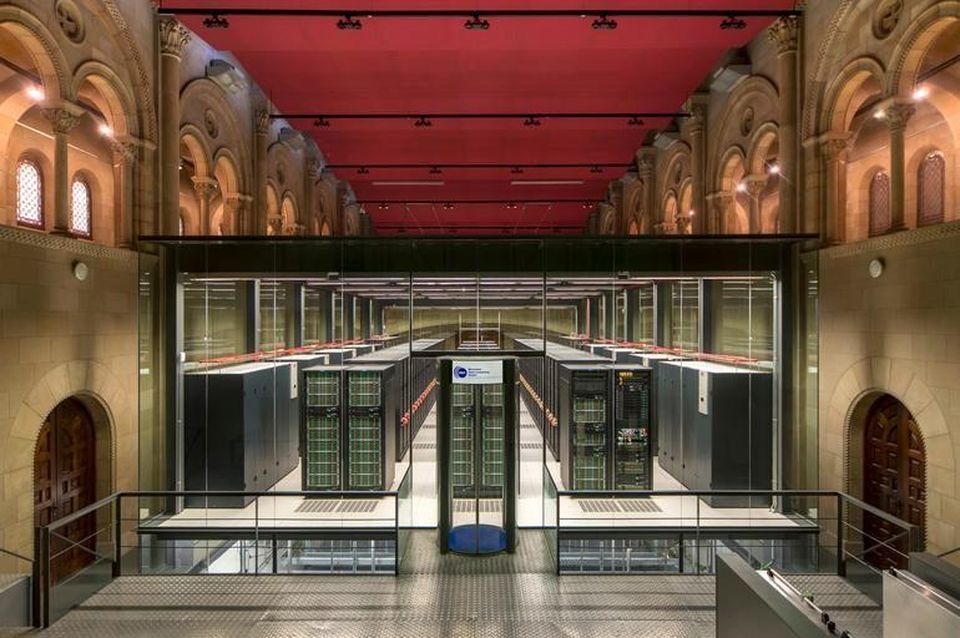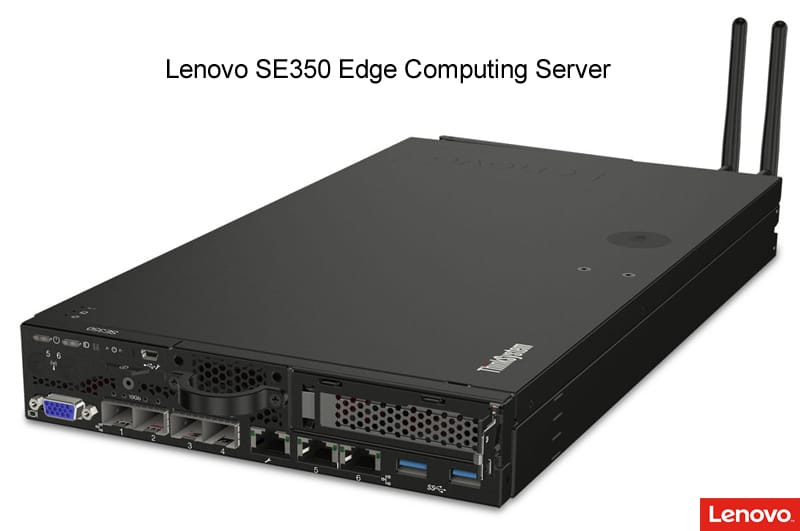The Data Centre Redefined
The Data Centre Evolution
At Fortuna Data we provide a range of IT solutions for the data centre. These IT solutions are not focused on a single product, vendor or solution but focus on what a business needs. A business today doesn’t need a football pitched size data centre, that’s where the cloud providers have the space.
Today for many businesses a data centre could fit in a 42U rack with power, cooling and management all integrated, these types of micro data centre do exist in 21U & 42U racks and we can provide them if required.

The data centre of today is fundamentally a different place from 5 years ago, where 3-tier architectures were commonplace (storage, servers, networking). Whilst this still accounts for a large majority of sales, newer and more flexible storage architectures are appearing such as HCI (hyper converged infrastructures) that provide simple integration with the cloud, on-premise systems or co-location offices. These HCI solutions fully integrate with the operating system and applications to seamlessly provide on-demand processing power and storage that can be managed via a mobile device!
The Shrinking Data Centre
The cloud has shrunk the size of a data centre as businesses adopt a cloud model to run applications and store data. But this isn’t the only reason, another reason is miniaturization. Processors are now more powerful than ever before; hard disk capacities are at 16TB’s 3.5” hard disks, 2.5” SSD drives, and M.2 NVMe drives delivering high performance in a very small footprint. Networking has also made huge strides as 10GbE is more common and 25/40/100GbE are becoming affordable. Servers, networking and data storage systems consume far less energy and as such the power and cooling requirements are reduced. The way systems are cooled has also changed with the advent of liquid cooling, that provides better efficiencies and higher system performance, another benefit is the silence.
Software Applications
Going back 10 years most data centre applications ran on in-house servers sitting in the data centre, 5 years later many of those same applications ran on VMware and Hyper-V using less but more powerful servers to provide the same functionality with far easier management and greater flexibility. Today in 2020 many of those applications are now running in either a public or private cloud and allow companies to simply expand their compute and storage requirements at the touch of a button.
Whilst these applications run on albeit the same data centre architecture as on-premise. The application market is also going through a transition with the emergence of Kubernetes and Docker that allow a business to develop an application, create a container and deploy it as a micro service. Containerization allows the creation of clusters to be highly resilient and self-healing with the ability to perform specific tasks. These types of applications no longer require large monolithic infrastructures to operate and run on more efficient less powerful hardware, whilst at the same time delivering the business application at a more affordable price point.
Data Centre Storage
Data Storage in the data centre has always required best of breed solutions, to deliver performance, capacity, redundancy, up-time etc. There are now more types of data centre storage available that at any time in history to provide:
- Ultra-high Performance – All flash storage
- Enhanced data protection – GRID & ring architectures
- Simplicity – Manage data centre infrastructure via mobile devices
- Flexibility – Simple scale for performance or growth by adding additional compute and storage nodes
These types of data centre storage solutions enable a business to provide a robust and reliable IT solution that even 5 years ago wasn’t available. They deliver performance and scalability at a price point whereby you don’t need to be an enterprise customer to afford these technologies.
Edge Computing
Data Centres today are where information is processed, whether that data is local or in a host cloud environment data processing is primarily centralized. However, with the increase in IoT, AI, Big Data and Smart Technology it isn’t going to be possible to process data centrally due to latency, location or bandwidth issues. Moving forward data will be processed on the edge using edge computing servers and the results uploaded to the primary data centre. This is one of the reasons why a data centre needs to be more flexible and agile to adapt to the changing needs of a business.

Simplified infrastructure
Simplicity is what is needed in a shrinking data centre. The backup marketplace has changed dramatically over the past 3-4 years, where once you had to attend a 10-day training course on the backup software, this can now be done in less than 2 days!
Data storage deployment has also changed massively, no longer do you need to create a RAID volume, LUN, group and map it to a WWN, it is all handled by the storage management software that fully provisions and allocates resources automatically with very little human intervention.
Object Storage today allows a business to grow from TB’s to PB’s with just a few clicks of a GUI. Composable infrastructures provide the ability to deploy thousands of containers in seconds and then once you have finished repurpose the storage for the next deployment in seconds.
Software data management has made storage, server and network management simple. Sure, you must understand the complexities of a firewall or routing, but fundamentally these technologies provide for a more agile data centre.

Funding Data Centre Purchases
Any business today operates two ways to purchase data centre IT, the first is CAPEX and second being OPEX. Running a data centre is a large expense and when a refresh is required it can become expensive using the CAPEX method of purchase. OPEX is easier for businesses using the cloud as they are billed monthly based on compute and storage usage, although over time this could be more expensive than using CAPEX.
CAPEX – This method is used to buy a large chunk of storage, servers, and networking. This is an over provisioned way to purchase IT as you must guess i.e. how much storage you will need over 3 years.
CLOUD OPEX – This provides a far more flexible way to utilize IT. As allows the business to cater for i.e. seasonal spikes. The issue with the cloud is costs can vary greatly month by month and year by year as nothing is fixed. In addition to this latency and bandwidth issues could arise that affect application performance; applications may also not be capable of running in the cloud.
Flexible IT Consumption
We offer a third method of data centre IT purchase and this is based on a flexible consumption service model “pay for what you use”, whereby data centre IT is provided and the business is billed monthly as a fixed cost, this covers storage, servers and networks. If the business requires more compute or storage, then the bill is adjusted accordingly. The same is also true if the business requires less storage or compute. This type of data centre procurement covers installation, maintenance, service and support for the duration of the contract.
Data Centre Challenges
It is software today that is driving the changes in the data centre, ultimately it is applications not hardware that is going to challenge the IT department more than anything else as current and emerging applications may require low latency, high performance or large data storage requirements in order to process massive amounts of data in a relatively short time frame. Yes the data centre is evolving into a more agile, easier to manage and cost effective place for a business.
Technology at its best
The difference between this vaccine effort and that of previous outbreaks, such as the SARS outbreak in 2002, is that a vaccine could potentially be produced much faster than conventional methods.
“We have the technology to develop a vaccine with a speed that’s never been realized before,” he explains.
Professor Shattock (Imperial College, London)
Previously this could have taken 2-3 years and his team completed the task in 14 days!
